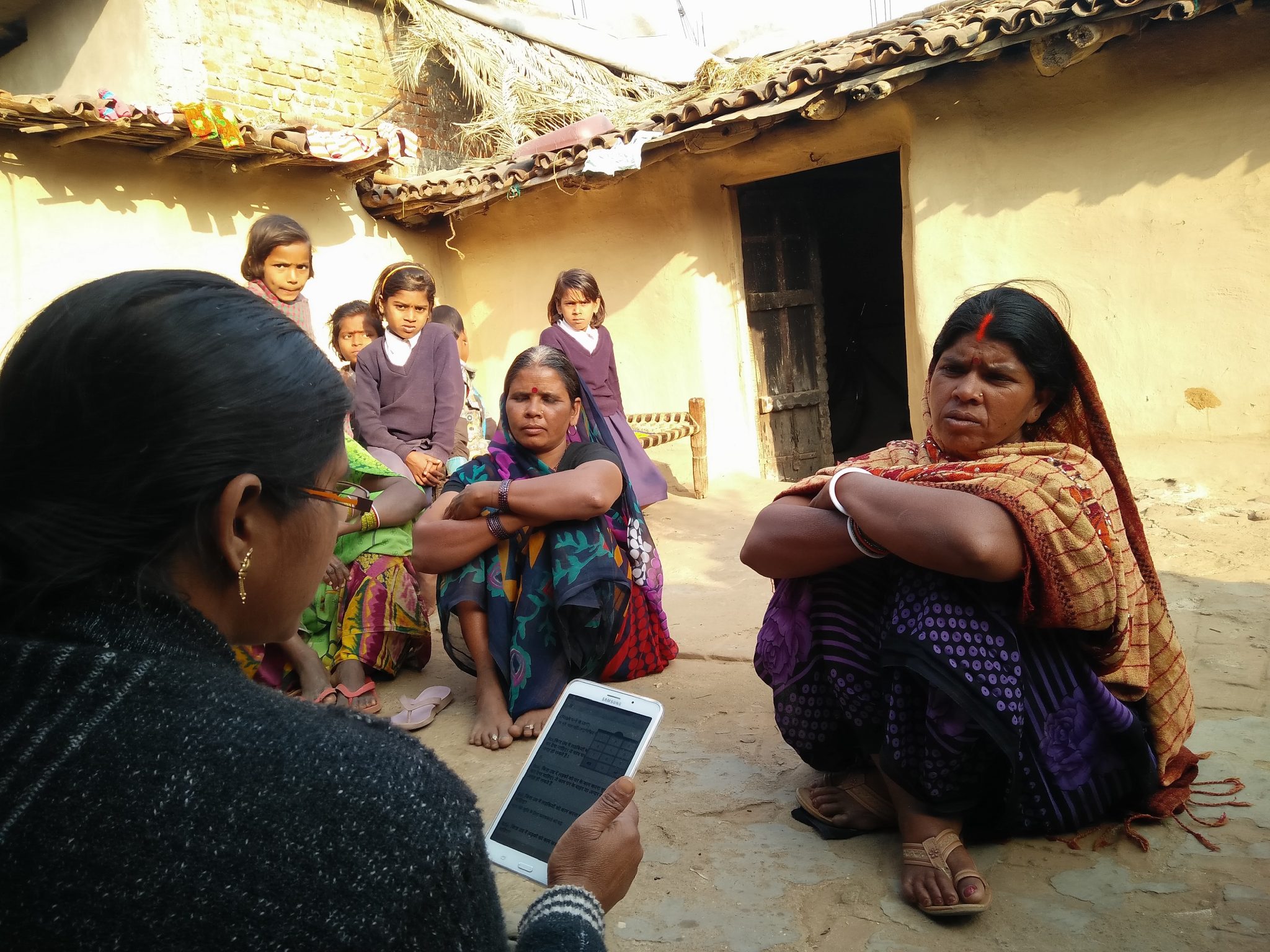Blog Details
The rich cultural diversity of India is well reflected in the vivid, distinct, and enchanting folk art and crafts. The subcontinent has served as an epicenter for art, heritage, and culture for eons. Our latest blog underscores the significance of vibrant heritage that usually attracts 10 million global travelers almost every year and the challenges faced by it in the wake of the pandemic.
India offers homage to 38 UNESCO declared heritage sites, 7 mountain ranges, 116 monuments, 19500 dialects, 31 cuisines, and a projected diverse population at 139 crores. Two words that have always been synonymous with Indian identity are culture and heritage. Culture development is a historical process, refined by our ancestors and on inheritance by succeeding generations called heritage culture. Composed of architecture, philosophies, and inventions, the heritage culture of India is seemingly cherished, protected, and maintained with unbroken continuity yet there have been multiple advances during the reign of COVID-19 that are in stark contrast to the same.
Plight of artisans and their questionable sustenance
We know that the plurality and multiplicity of the Indian culture are known to the entire world through its paintings, handicrafts, and other forms of tangible culture. However, what is not possibly tangible is the main propagator of cultural heritage in the largest democracy of the globe: an artisan.
The qualities an artisan possesses are typically native to their region, culture or background and passed down through unmatched apprenticeship. The pandemic has strained the demand for most of these very artisans’ products as they are "non-essential" which could be the reason why their alarming situation is getting very little visibility despite the call for "vocal for local" and 'Atmanirbhar Bharat".
“The government promised Rs. 2,000 as aid last year, but we received only Rs. 1,000 in hand.” says S. Muthupechi, a folklore dancer caught in the whims of unemployment induced due to social distancing parameters.
Now, as each day marks a new grim COVID-19 milestone for India, many couture-level artisans are increasingly pessimistic about whether they can earn a basic livelihood, let alone focus on achieving fair working conditions, wages, and contracts from their suppliers.
Heritage site closure and its consequences
The global wealth of traditions is reinforced by tourism yet this relationship has also thinned due to tourist capping and suspension of international flights. One of the ‘Wonders of the World’, an embodiment of marble and symmetry, the Taj Mahal witnessed a footfall of 76%.
Additionally, the Archaeological Survey of India (ASI) closed down 3693 monuments and 50 museums. An important derivation is that these sites are vital sources of employment to not only the local population but also to cultural organizations, institutions, archaeologists, and artisans. A revenue loss of 1.25 trillion rupees looms ahead in the tourism industry.
Cultural sites act as an instrument to bring communities together, separated by miles under a common umbrella to learn, understand, and live peacefully together. These potentially positive effects have grown to be all the more important in the pandemic period when the mental and emotional effects of social isolation are slowly becoming clearer.
While the above two cases in point majorly highlight the dilapidating status of instruments that promote heritage culture, pan-Indian festivals like Ganesh Chaturthi and Diwali witnessed empty roads and restrictions on their otherwise wide scale celebration. One question that evolves after understanding the aforementioned is if the Ministry of Culture or law enforcement agencies are not active enough. Objectively speaking, there is not a dearth of laws or administrative bodies to look after the Indian historical grandiose but with a budget allocation of less than 1% every year and only formal autonomy to continue the upkeep of heritage sites, inefficiency is only obvious to persist on the part of the organizations. Moreover, all artisan unions were dissolved by 2012, ensuring no direct communication between the authorities and our intangible craftsmen.
“We need a concerted and global effort to support artists and ensure access to culture for all.”
-Ernesto Ottone, UNESCO Assistant Director-General for Culture
On a positive note, private stakeholders have formed alliances to deliver ‘e-tours’ of museums and monuments like Red Fort, Mughal Gardens, the National Gallery of Modern Art, and so on. Many citizens have resorted to participating in ‘Zoom calls’ with experts to learn more about cultures-mythology, fashion, and recipes. Numerous NGOs have employed it as a personal prerogative to displace our artisans and their products through the channels of e-commerce and find temporary jobs till the pandemic dilutes.
These initiatives are promising and have the potential to establish financial security in the hard-hit sector. In particular, allowing citizens to engage in dialogue regarding history and tradition, sharing similar experiences, and even allowing them to visit national memorials with appropriate measures, will help people weather the mental and emotional toll.
By March 2020, COVID-19 took the world by storm, eroding many economic and social stations, and there now stands a definite need to connect humanity. Culture bridges this gap, providing comfort, inspiration, and a feeling of solidarity to us, and while there is undoubtedly a pressing need to invest heavily in the future—in particular, to remedy the pandemic’s devastating economic impacts—this is not fully possible without ensuring the concepts, experiences, and teachings of the past are also incorporated.








David Angel Makel
IT ConsultantIt is a long established fact that a reader will be distracted by the readable content page looking at its layout point of using normal